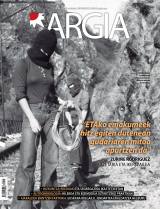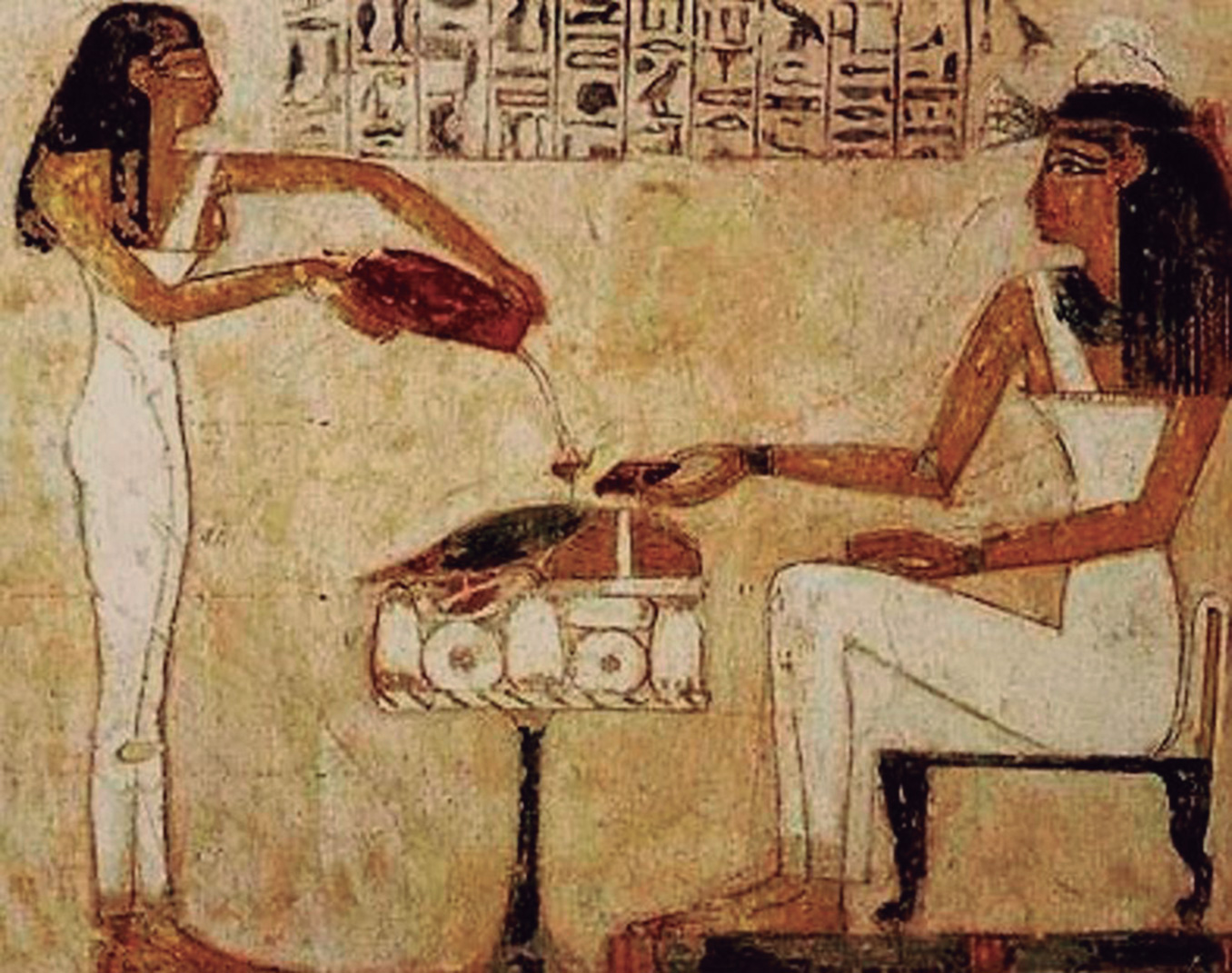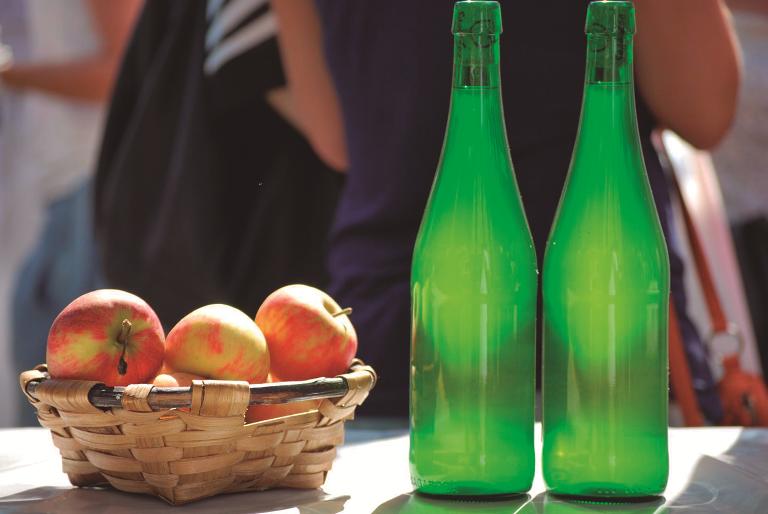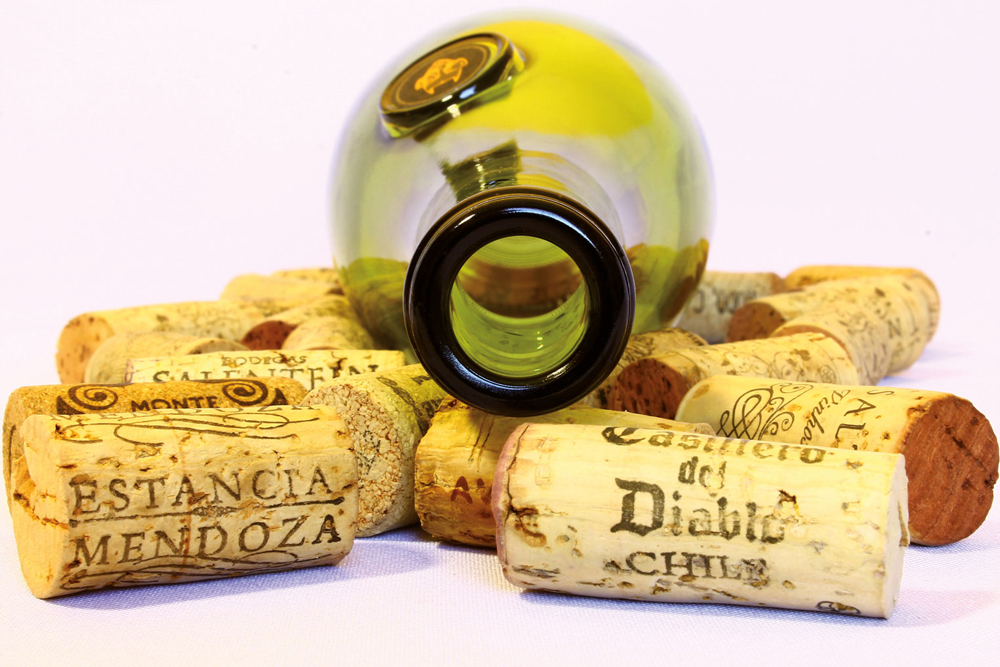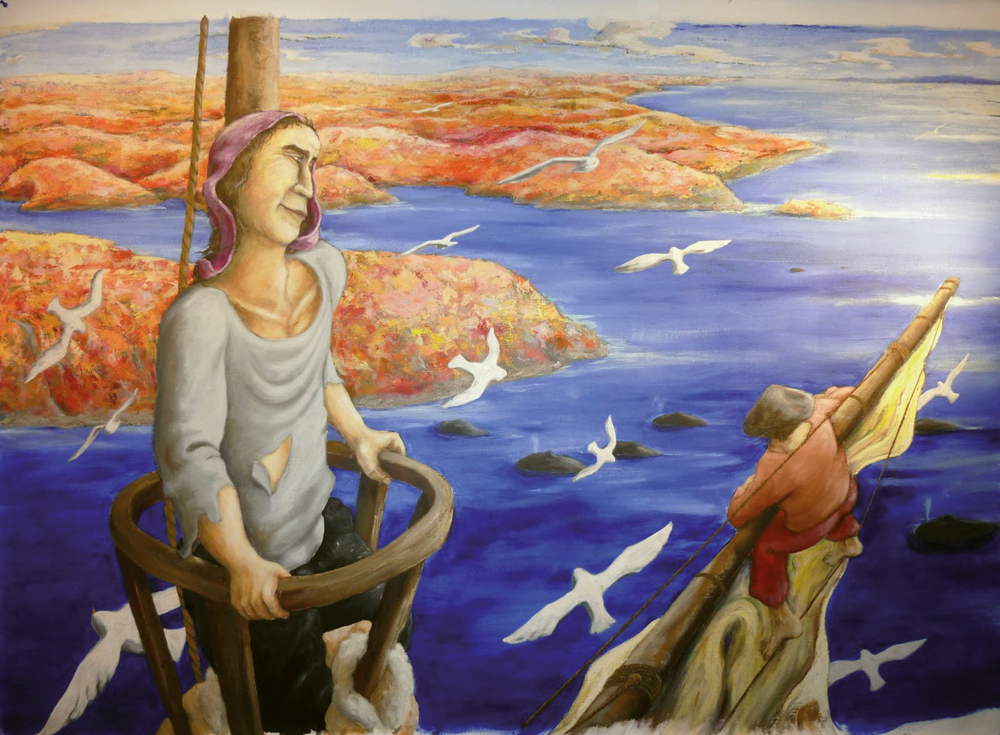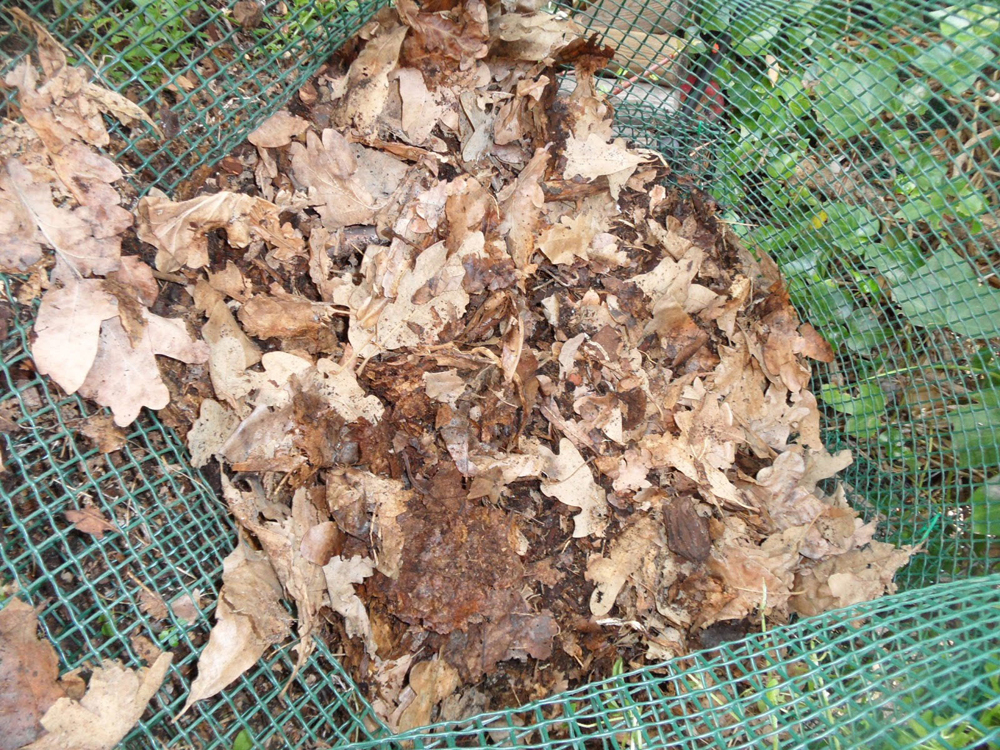Curve

Returning to the wines that are made with the crops, the left madreselva (Humulus lupulus) is conservative and bitter tasting aggregator. The union of crops and madreselvas produces many dirty jets, especially in beer countries. A friend has just explained to me the stories of Lambic wheat beer made in Belgium and has drawn my attention.
Common wheat (Triticum aestivum) and barley (Hordeum vulgare) is one of the best known wines produced with these two cereals: 30-50% common wheat (triticum aestivum) and the remaining 50-70% barley (Hordeum vulgare). In addition to the ingredients, I am particularly struck by their two characteristics: for it to have hardness and bitterness, it is made with the madreselvas of the left, aged for two or three years, and they do not add a certain yeast, they allow it to ferment naturally and any yeast and bacteria that surrounds it can attack and ferment. The same applies to grape, apple or pear wines. This way of fermenting gives you a special taste: the point of wine and cider, dry and acidic flavor.
The must of the crops for this wheat beer is left to cool one night in open containers. It is then allowed to be fermented in wooden barrels. Cooling in the air and wood adds yeasts and extra bacteria. Over 80, including the famous Brettanomyces bruxellensis. In summer, they don't do it to prevent inappropriate microorganisms from being attacked.
The left madreselva has been widely used for being an excellent conservative. To fight bacteria, it has been added up to 8 to 9 grams per liter. To reduce the bitter taste it provides, it uses the madreselvas of the left, with bitterness and pallideces notoriously attenuated.
For the production of traditional Lambic wheat beer, up to three years can be fermented in oak (Quercus robur) or chestnut (Castanea sativa) vessels that have previously produced Porto, Xerez or ordinary wine.
In the odd years, they make a guided tour called “Toer de Geuze” visiting the wineries that make this type of wine in Pajottenland... To the left, to joy!
The day exceeds the night with the spring equinox. This year it happened on 20 March, at 22:59 hours, opening the door of the spring. The Eki prefix means the same thing. Until then the night had been longer. The day and night were twelve hours. Since then, the day is extended... [+]
Time has been on our line for a long time, but the climate is relatively recent. There is no need to clarify too much what climate change is. Explaining what the landscape is is a redder necessity. Conferences, round tables or international conferences on climate change are... [+]
It's time to pick up the fruits and get them on the way to the lagar. Pear (Pyrus communis), apple (Malus x domestica), grape (Vitis vinifera)... It seems a short and quick road, but you have to work a lot of rodeos and their variants until the fruit becomes must and must become... [+]
In the Basque Country, agriculture is the history of permanent colonization. Like everywhere. Before, the land was not cultivated; before, the harvest was not sown; you enjoyed what was not eaten before. They had brought it all from elsewhere. Many of these stories have been... [+]
In our house we met him with the name of madreselva (Humulus lupulus). In fact, we have worked hard and sinister on the banks of the river in our country, coinciding with the expansion of beer. We've learned that it's also called lobster, beer, beer, wart and grass on the left... [+]
Spring has brought the issue to my nose. C. worked at various research centers in New York. Bushdid, M. Oh! Magnasco, L.B. Vosshall and A. An article published by scientists Keller in March 2014 in the prestigious “Science Magazine” produced a great stir. The title says it... [+]
The curious interannual days end, those who eat and drink from the emanations of the earth. I'll eat from the best to the best. Supposedly. Heavy champagne and cava bottles are easy to dance. Even though they are of all kinds today, they were once the cider of the other barrel... [+]







